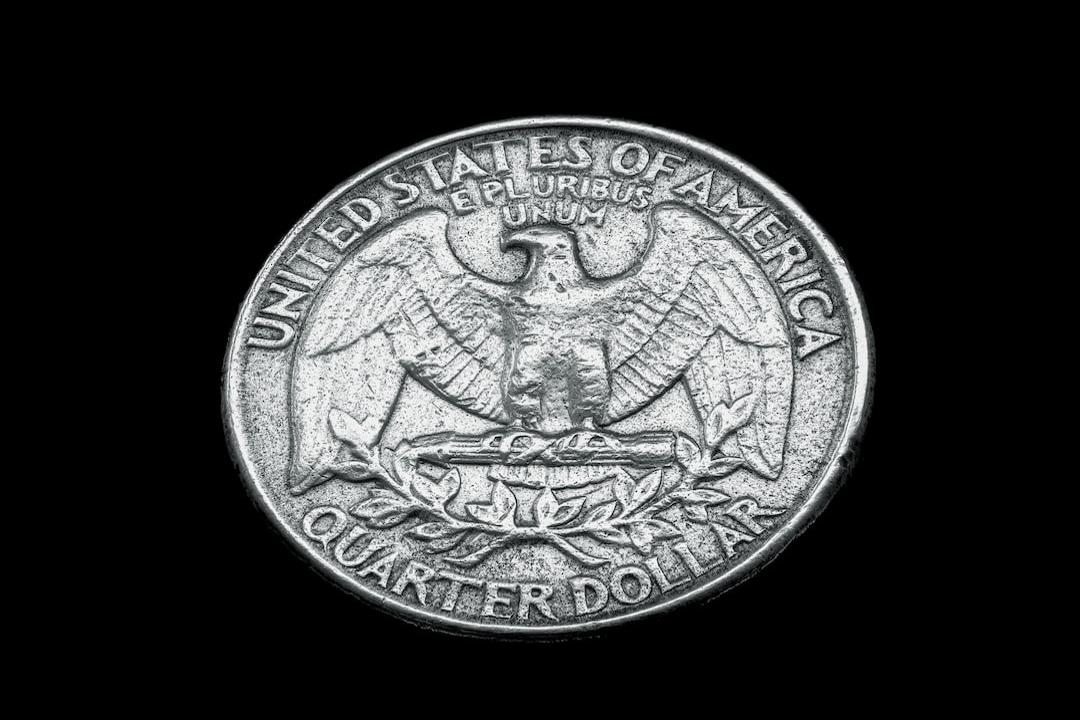CoinWorld reported:
Author: Tom Mitchelhill, CoinTelegraph; Translated by: Bai Shui
The Bitcoin power law—a mathematical model indicating the continuous growth of Bitcoin prices over time—has become a topic of intense debate, with critics attacking it for “serious flaws” and claiming it resembles a “horoscope” rather than a predictive model for cryptocurrency prices.
Advisor and Bitcoin advocate Adrian Morris pointed out that while the Bitcoin power law is touted as a predictive model for Bitcoin’s future price, its validity is greatly exaggerated by its proponents.
On the other hand, Italian physicist Giovanni Santostasi—the discoverer of the Bitcoin power law—asserts that the power law is undeniable and can be witnessed firsthand.
The Bitcoin power law works by plotting historical price data of Bitcoin on a “log-log” scale—where the logarithm of price is plotted against the logarithm of time along a line that best fits the data.
Supporters of the power law, including Santostasi and his colleague, mathematician Fred Krueger, argue that the law indicates that Bitcoin’s price should continue to grow at a relatively stable rate for a long time into the future.

The Bitcoin power law suggests that Bitcoin prices will continue to rise. Source: Bitbo
Power laws are common in nature and have been applied to various natural phenomena, ranging from the growth of animal teeth and claws, the distribution of social wealth (the well-known Pareto principle), to plotting the severity of earthquakes and tornadoes.
Santostasi points out that power laws are not limited to Bitcoin’s price but can also be found in various Bitcoin-related data, including the growth of network hash rates and the rate of new Bitcoin wallet addresses over time.

Santostasi states that power laws can be reflected in many attributes of Bitcoin. Source: Giovanni Santostasi
Bitcoin Power Law: Statistics or Physics?
However, Morris does not believe in the power law and has raised numerous criticisms against it.
He accuses Santostasi of “overfitting” the mathematical data of the power law in attempting to explain what is a human system.
Morris contends that any study of Bitcoin data belongs to the realm of statistics rather than physics, which is more concerned with the properties and attributes of matter and energy.
“This is magic; [Santostasi] is just performing tricks. That’s it,” Morris stated.
“He puts a statistical rabbit into the hat and then pulls out a physical rabbit.”
However, Santostasi rebuts this argument, stating that while humans are clearly involved in the maintenance and growth of Bitcoin—including its network and market value—it can still be viewed as a physical system, despite human involvement.
“It is still a physical system because there are fundamental physical limitations, such as the number of interactions we humans can conduct and the amount of information we can transmit,” Santostasi said.
Furthermore, Santostasi points out that many key data points of Bitcoin—including its difficulty adjustment algorithm, various machine-based feedback loops, and the energy requirements of miners—can be considered within the realm of physics.
Santostasi referenced the work of British physicist Geoffrey West, who wrote this book
Related content:
Santostasi further emphasized this assertion, adding that the study of Bitcoin data falls entirely within the disciplines of “sociophysics” or “econophysics,” which use mathematical tools to analyze social networks and their impacts.
Therefore, Santostasi argues that Bitcoin’s price trajectory since its inception aligns entirely with the power law and can serve as a robust tool for simulating its future growth.
Morris: Power Law is More Like a “Horoscope”
Morris’s next major criticism of the power law is that it employs “hindsight bias” and includes such a broad array of data that it cannot reliably predict the future.
Morris concludes that the power law is more akin to a “horoscope” than a predictive model.
“According to the power law, the price of Bitcoin could be $200,000 in 2045. It could also be $10 million. That’s not very predictive,” he stated.
“To say the price could be within six standard deviations means it is highly predictable is dishonest,” Morris added.
“The power law merely reviews the past with hindsight bias and uses mathematics to validate this bias. It is essentially just a graphical representation of confirmation bias.”
Bitcoin advocate and network economist Timothy Peterson posted a similar critique of the power law on X on May 23, stating that the power law and the Never Look Back (NLB) metric cannot be regarded as “models” useful for making predictions.
“They are based on time, and time is not an independent variable. They are historical relationships, but not models,” he said.

Source: Timothy Peterson
How Could the Bitcoin Power Law Fail?
Santostasi admits that the Bitcoin power law, like all power laws, is not a completely perfect predictive tool; any substantial and sustained change that causes its price to fall dramatically below or rise significantly above the current trend line could invalidate the power law.
He noted that as of today, the Bitcoin price would need to fall to a low of $30,000 over an extended period for the power law to be overturned.
“People will see for themselves whether this is no longer valid,” Santostasi stated, adding that any significant behavior deviating from the trend would serve as empirical evidence of failure.
Similarly, he mentioned that the emergence of “hyperbitcoinization” could also render the model invalid, which might look like the United States adopting Bitcoin as its currency and pushing the price above $250,000 in a matter of weeks
Subscribe to Updates
Get the latest creative news from FooBar about art, design and business.
Add A Comment

